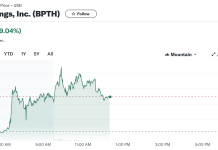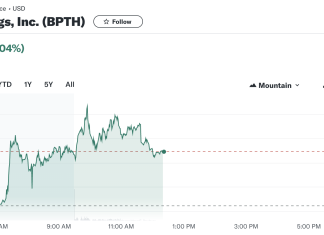Compugen Ltd. (NASDAQ: CGEN) has announced that it will present an exploration of the immune-time microenvironment using high resolution single-cell spatial transcriptomics at the Keystone Symposium: Cancer Immunotherapy: Decoding the Cancer Interactome between March 20 and March 24 at Whistler in British Columbia, Canada.
Compugen’s computational platform vital in drug discovery and development
The predictive computational platform of the Company is the foundation of its drug discovery and development abilities. The science of the TME is intricate, and developing new cancer immunotherapies requires a thorough understanding.
CEO and President of Compugen Anat Cohen-Dayag said, “At the Keystone Symposium, we will share how we are successfully employing high-resolution single cell spatial mapping of immune cells to decipher this complexity. Leveraging our long-term expertise in computational immuno-oncology biology, we have used cutting-edge technology to provide an unprecedented view into the composition and spatial localization of individual cells in the TME.”
Initial findings also point to the existence of the DNAM-1 pathway, which includes PVRIG, an immunologic checkpoint found by Compugen, at T cell priming locations such as tertiary lymphoid structures. Interestingly this is exciting because it affirms previous findings and strengthens the case for blocking PVRIG to resolve the immunotherapy barrier in both inflamed and non-inflamed tumors.
Compugen’s ability to study cancer at the spatially distributed single-cell level is broadening the Company’s understanding of the TME’s complicated interplay and paving the way for new treatment interventions.
The platform employs omics data in the identification of biomarkers and targets
The Company’s cloud-based machine learning platform combines patented technology omics data like proteomics and geographical single-cell transcriptomics with general populace domain genomic information and clinical metadata to enable machine learning-based identification of new immuno-oncology targets and biomarkers and mechanisms of action. An internal wet-lab experimental class then rapidly tests and validates the computationally driven hypotheses.
The validated data is incorporated back into the breakthrough cycle, adding an additional sheet of proprietary data that is used to further maximize the machine learning predictive models. The in-house integration of computational prediction with investigational validation is the Company’s strength.















